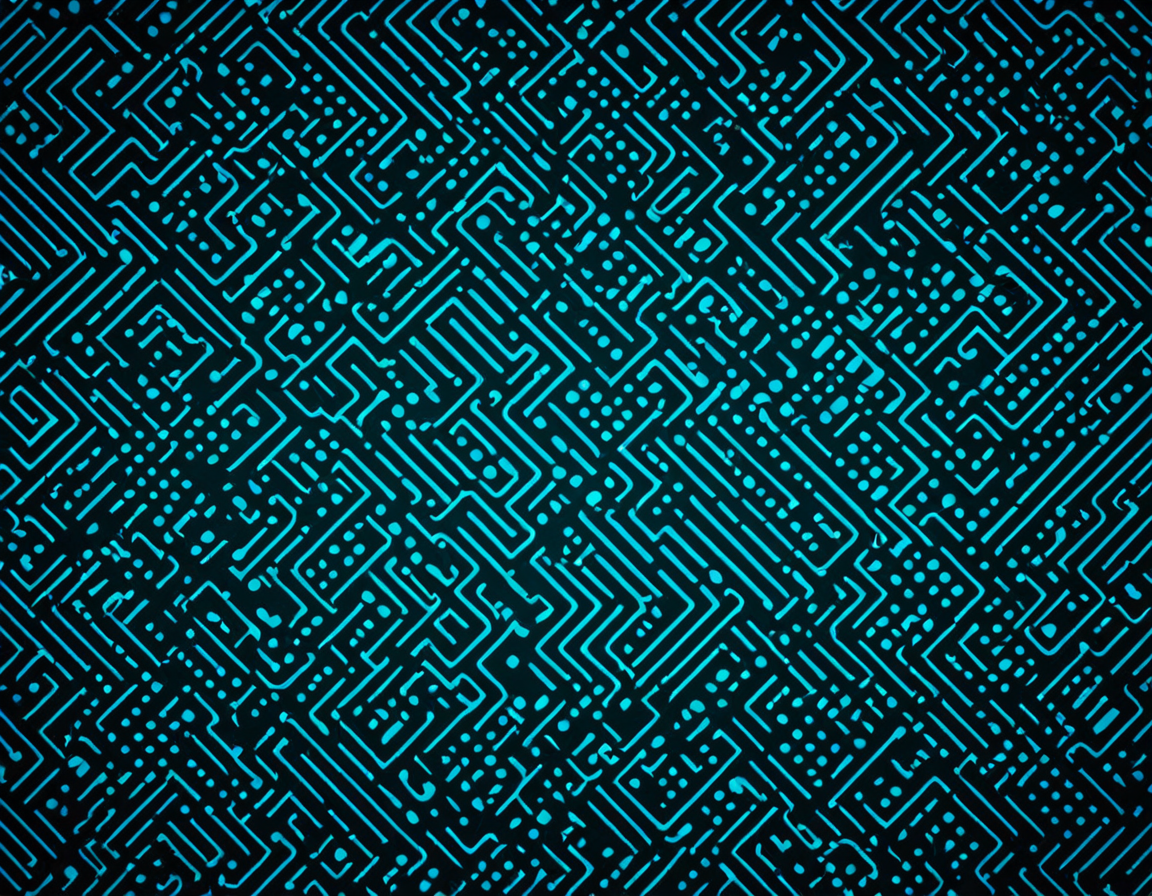AI Image Upscaling Tips - Fine-Tuning Guide

Fine-Tuning Your AI Image Upscaler for Professional-Grade Results
As the field of computer vision and machine learning continues to advance, the demand for high-quality images has never been more pressing. Artificial intelligence (AI) image upscalers have become an essential tool in various industries, including photography, art, and even healthcare. However, achieving professional-grade results requires more than just leveraging pre-trained models.
In this article, we will delve into the world of AI image upscalers, exploring what makes them tick, and how to fine-tune them for optimal performance.
Introduction
AI image upscalers are a type of deep learning model designed to upscale images from lower resolutions to higher ones. This process is commonly referred to as super-resolution. While these models have shown tremendous promise in various applications, their performance can be unpredictable and often falls short of expectations.
The main challenge lies in the fact that AI image upscalers are typically trained on large datasets of high-quality images, which may not accurately represent the diversity of real-world scenarios. This discrepancy can lead to subpar results, especially when dealing with noisy or corrupted input data.
Understanding the Limitations
Before we dive into the fine-tuning process, it’s essential to acknowledge the limitations of existing AI image upscalers.
- Lack of control: Current models are often based on pre-trained architectures and don’t provide a clear understanding of their internal workings.
- Overfitting: The tendency for these models to overfit to training data can result in poor performance on unseen datasets.
- Computational complexity: Training and deploying AI image upscalers can be computationally intensive, making them less accessible to smaller organizations.
Prerequisites
To fine-tune an AI image upscaler, you’ll need:
- A basic understanding of deep learning concepts
- Familiarity with Python and its ecosystem (e.g., TensorFlow, PyTorch)
- A suitable GPU or cloud infrastructure for training
- A large dataset of high-quality images
Step 1: Data Preprocessing
The first step in fine-tuning an AI image upscaler is to prepare your dataset.
- Data augmentation: Apply random transformations (e.g., rotation, flipping) to increase the diversity of your dataset.
- Noise injection: Introduce controlled amounts of noise into your images to simulate real-world scenarios.
- Resizing and cropping: Ensure that all images are resized and cropped to a consistent set of dimensions.
Step 2: Model Selection
Choose a suitable AI image upscaler model for your needs.
- Pre-trained models: Utilize pre-trained architectures like EDSR, VSR, or even more advanced models like CoCoS or ResUnet.
- Custom models: Design and train a custom model tailored to your specific requirements.
Step 3: Hyperparameter Tuning
Hyperparameters play a crucial role in fine-tuning an AI image upscaler.
- Learning rate scheduling: Implement adaptive learning rate schedules to optimize training efficiency.
- Batch normalization: Employ batch normalization techniques to stabilize the training process.
- Weight decay: Regularly apply weight decay to prevent overfitting.
Step 4: Training and Evaluation
Train your model using a suitable optimizer and loss function.
- Loss functions: Utilize metrics like SSIM, PSNR, or even more advanced models like VGG-L1.
- Early stopping: Implement early stopping techniques to prevent overfitting.
- Monitoring performance: Continuously monitor your model’s performance on a validation set.
Step 5: Deployment and Optimization
Deploy your fine-tuned model in your production environment.
- Model serving: Utilize frameworks like TensorFlow Serving or AWS SageMaker for efficient deployment.
- Inference optimization: Optimize inference times using techniques like quantization, knowledge distillation, or even more advanced methods like sparse training.
- Continuous monitoring: Regularly monitor your model’s performance and retrain as necessary to maintain optimal results.
Conclusion
Fine-tuning an AI image upscaler for professional-grade results requires a deep understanding of the underlying limitations and the ability to address them. By following this guide, you’ll be well on your way to creating high-quality models that meet the demands of your industry.
The next time you’re faced with a challenging image processing task, remember that fine-tuning an AI image upscaler is not just about throwing more data at the problem – it’s about developing a nuanced understanding of the underlying mechanics and pushing the boundaries of what’s possible.
Tags
ai-image-upscaler fine-tuning-techniques professional-grade-images super-resolution deep-learning-models
About Carlos Ramirez
AI enthusiast & photography expert Carlos Ramirez | Helping you unlock the power of AI in image editing & generation | Join me on this visual journey as we explore the latest smart photography tools & techniques on gophotos.com
